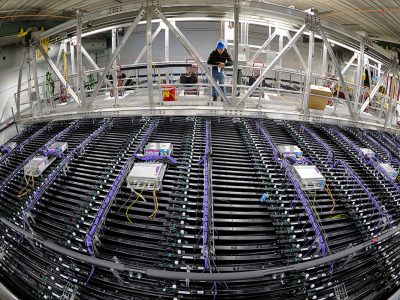Miguel Guzman ’24, a native of Lima, Peru, is a senior biotechnology major in the College of Arts and Sciences with an entrepreneurship and emerging enterprises minor in the Whitman School of Management. His research centers on developing bio-enabled protein modification technologies to improve protein-based therapeutics like insulin. Guzman is a Center for Fellowship and Scholarship Advising-Syracuse Office of Undergraduate Research and Creative Engagement (SOURCE) Young Research Fellow.
At the Academic Strategic Plan Launch Symposium Sept. 26, Guzman will take part in a panel discussion about the expansion of STEM at Syracuse University. Syracuse University News sat down with him to discuss his research, his future plans and how Syracuse nurtured his interest in the STEM fields.



